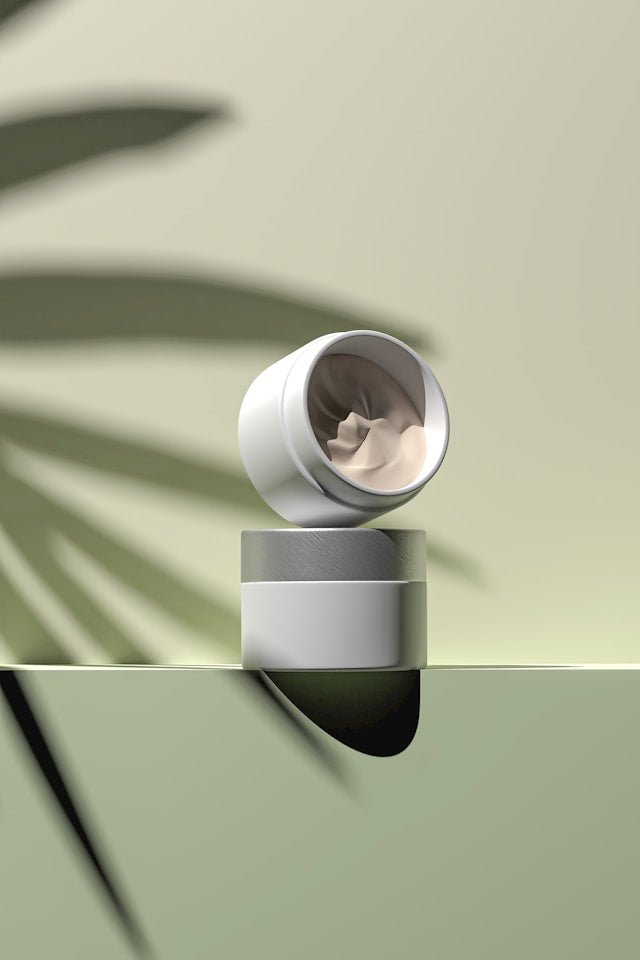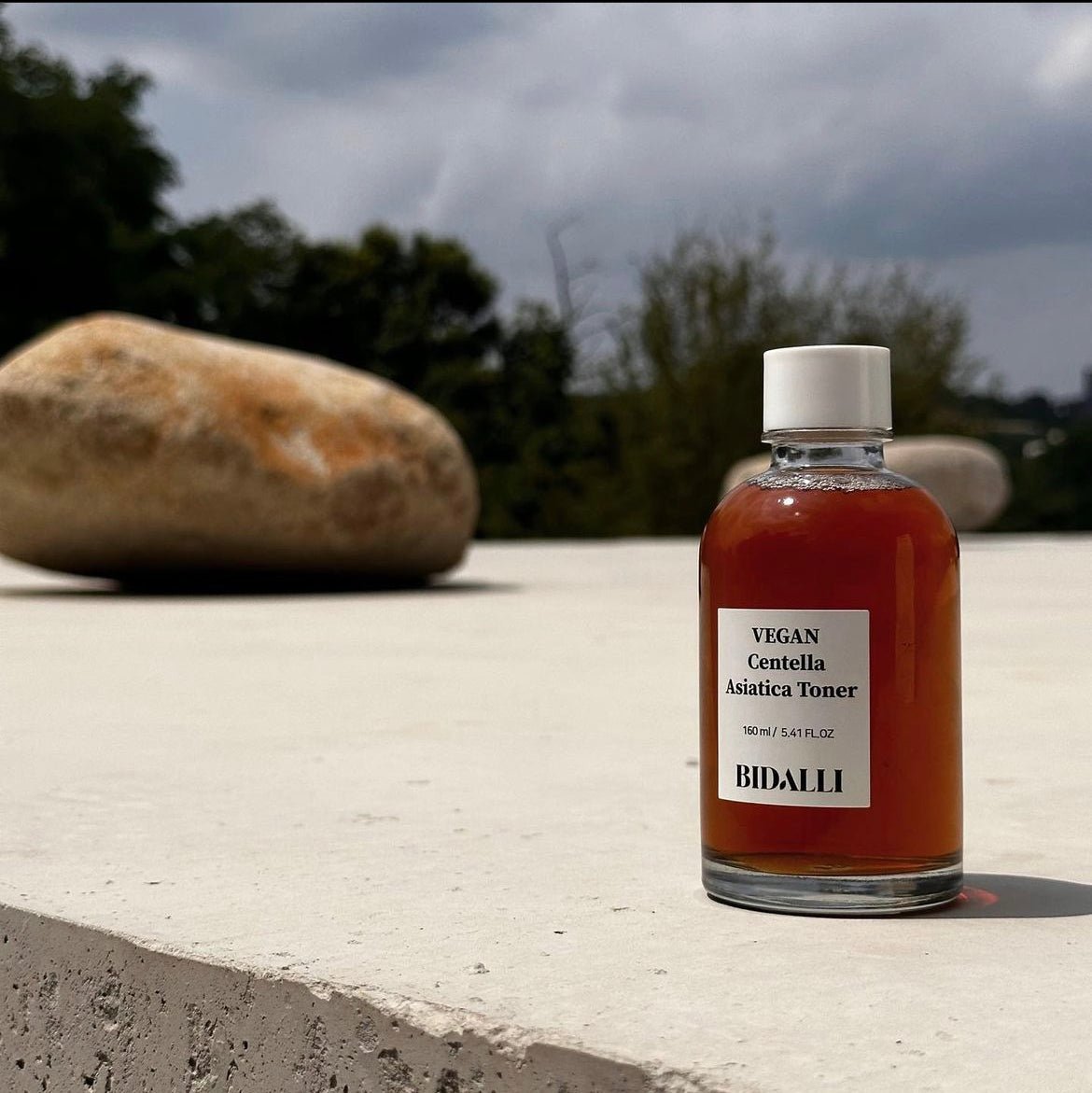Ethical Testing Practices in South Korea

South Korea has become a global leader in cruelty-free cosmetic innovation, advancing rapidly toward a future where no animals are harmed in the creation or safety verification of skincare products. Since the ban on animal testing for cosmetics in 2018, Korean beauty brands have adopted a range of scientifically validated, non-animal testing methods that ensure both product safety and ethical responsibility.
These new testing approaches combine biotechnology, dermatological science, and data analysis, replacing outdated animal models with human-relevant results that are safer, faster, and more accurate.
1. In-Vitro (Cell Culture) Testing
Common in-vitro test types include
- Reconstructed Human Epidermis (RHE) models (e.g., EpiDerm™, SkinEthic™) to evaluate skin irritation and corrosion.
- In-vitro eye irritation tests using corneal-like tissue models.
- Cytotoxicity assays (MTT tests) to determine cellular health and toxicity.
These methods are internationally recognized by the OECD (Organisation for Economic Co-operation and Development) and accepted by both EU and Korean cosmetic regulations.
In-vitro testing uses human cell cultures, synthetic tissues, or 3D reconstructed skin models that simulate the structure and function of real human skin.
This allows researchers to study how ingredients interact with the skin’s layers — without using live animals.2. Human Patch & Clinical Testing
Human patch testing is one of the most ethical and direct ways to evaluate a product’s compatibility with real skin.
This process involves dermatologically supervised testing on panels of healthy volunteers.
A small amount of product is applied to the skin, and experts monitor for irritation, redness, or allergic reactions over time.
These tests ensure real-world safety validation, providing data that directly reflects how products perform on human skin — making it one of the most reliable modern testing methods.
3. In-Silico (Computer-Based) Modeling
With the rise of AI and computational chemistry, in-silico modeling has become a powerful tool in ingredient safety assessment.
This method uses predictive algorithms and molecular databases to simulate how ingredients behave biologically — identifying potential risks without the need for animal or human exposure.
For example, software can predict:
-
Skin penetration and absorption rates
-
Allergenic potential
-
Toxicity thresholds
These systems rely on large datasets of existing scientific data and are continually updated, making them an efficient and humane alternative to traditional testing.
4. Ingredient History & Safety Data Review
Many cosmetic ingredients have a long history of safe use in human skincare.
Before introducing new formulations, Korean labs and EU regulators review toxicological databases, clinical research, and historical safety data to confirm ingredient safety.
This approach minimizes unnecessary testing and aligns with EU REACH and K-Beauty regulatory frameworks, ensuring all components meet strict safety and environmental standards.
5. Microbiome & Barrier Function Testing
A growing area of innovation in Korean skincare is the testing of how formulations affect the skin microbiome and barrier health — without using animals.
These studies are conducted through non-invasive skin sampling, advanced imaging, and biochemical markers, allowing brands to evaluate how well products support a healthy, balanced skin ecosystem.
Our Commitment: Science Without Cruelty
At Korean Skincare Supply Europe, we are committed to partnering exclusively with brands that uphold cruelty-free and ethical testing standards.
All our skincare products are developed using modern, non-animal methods such as in-vitro, in-silico, and dermatologically supervised human testing.

